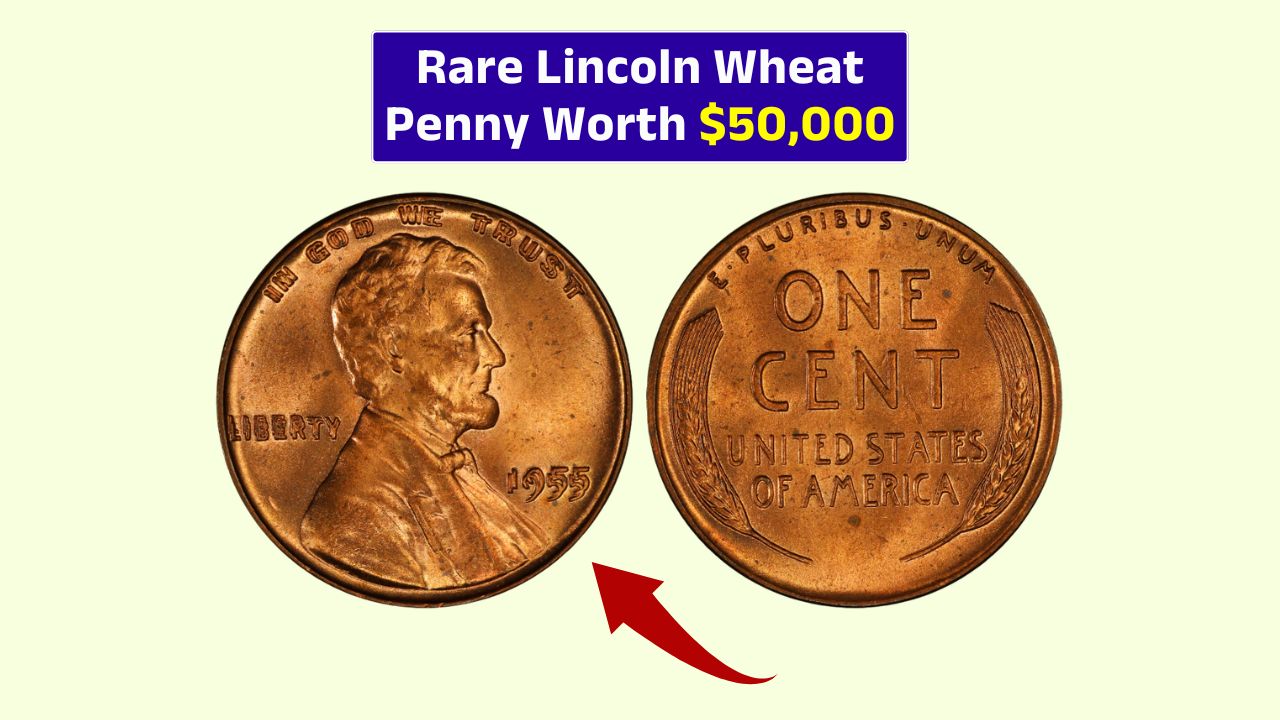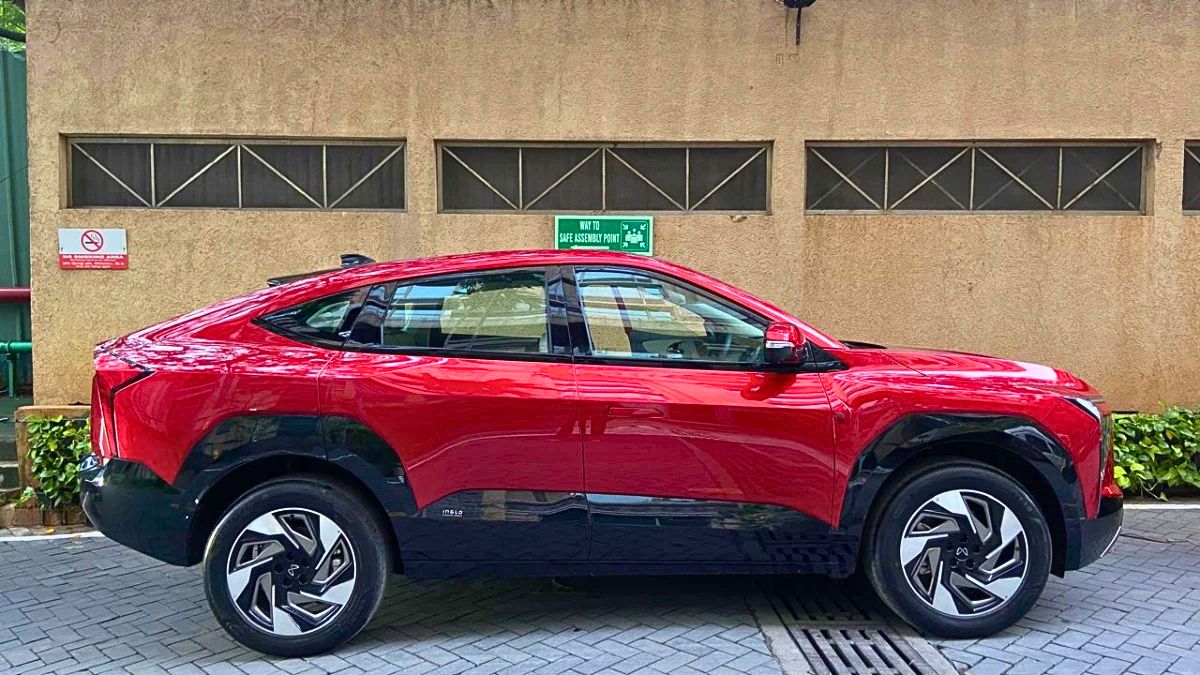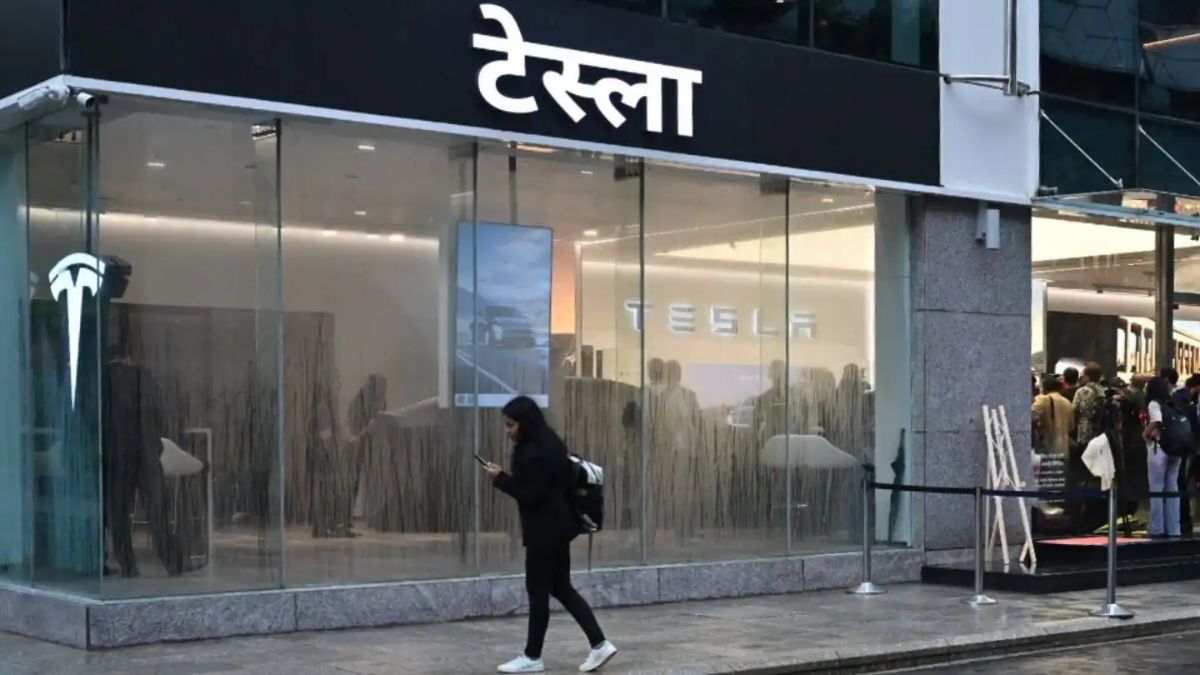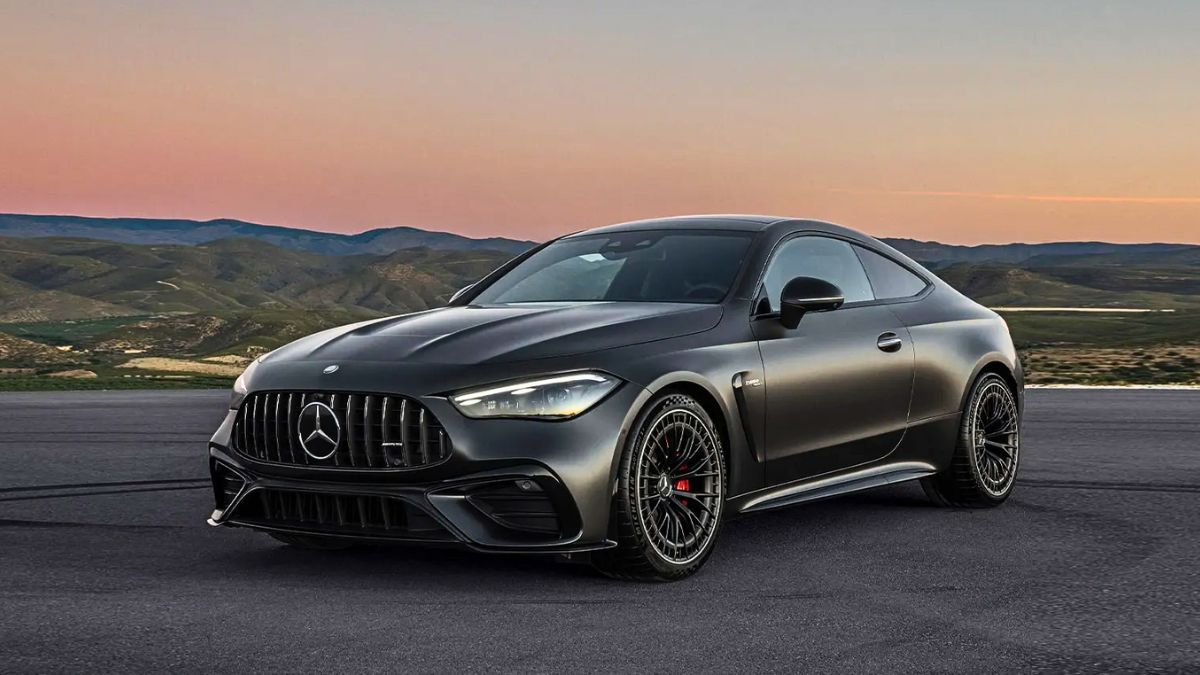In the world of coin collecting, few coins capture attention like the 1955 Doubled Die Lincoln Cent. Known for its bold minting error and incredible value, this coin has become a legendary find among American numismatists. It’s not just rare — it’s instantly recognizable, making it one of the most desirable error coins ever released into circulation.
Table of Contents
Why the 1955 Doubled Die Penny Is So Famous
Most coin errors are tiny — you need a magnifier to spot them. But this one is different. The 1955 Doubled Die penny has one of the clearest, most dramatic doubling errors in U.S. history.
On the obverse (front), the words “LIBERTY,” “IN GOD WE TRUST,” and the date “1955” appear as if stamped twice. It looks like a shadow behind each letter, but this doubling is bold, crisp, and visible without any tools.
This happened because the die used to strike the coin shifted slightly during setup. The reverse (back) of the coin shows no doubling, which further confirms it as an authentic 1955 Doubled Die — not just a damaged or worn coin.
Only around 20,000 to 24,000 of these error coins were accidentally released before the mistake was discovered, making them extremely rare today.
How to Identify a Genuine 1955 Doubled Die Cent
If you come across a 1955 Lincoln penny, here’s what to check:
Make sure the date reads 1955. Then, look closely at the front side of the coin. You should see very strong doubling on the inscriptions “LIBERTY,” “IN GOD WE TRUST,” and the year. The lettering will appear doubled with sharp, defined edges — not smeared or fuzzy.
The reverse side of the coin will look completely normal. That’s key, because many fake or machine-doubled coins show distortion on both sides or lack the clean doubling of a real mint error.
The best part? This is one of the few valuable errors that doesn’t require magnification. If it’s the real thing, your eyes will catch it.
Avoiding Fakes and Misleading Doubles
There’s something called machine doubling that often tricks new collectors. This kind of doubling happens when the coin shifts during striking, and it usually looks flat or ghost-like.
Real doubled die errors like the 1955 penny have bold, raised lettering that looks like it was stamped twice — because it was.
If you’re not sure, compare your coin to verified images online or bring it to a certified coin dealer or grading service like PCGS or NGC for authentication.
What’s It Worth?
Depending on the coin’s condition, the value of a 1955 Doubled Die penny can be staggering.
- Circulated examples often sell for $1,000 to $5,000
- Uncirculated versions may fetch $10,000 to $25,000
- Top-tier specimens in Mint State Red (MS-65) condition have sold for $50,000 or more
Collectors worldwide keep an eye out for this coin. If you have one, you’re holding a serious investment — even if it’s worn.
What to Do If You Find One
If you think you’ve found a 1955 Doubled Die Lincoln Cent, do not clean it. Cleaning can reduce its value significantly. Instead, store it carefully in a soft holder or case and take it to a reputable coin dealer or grading service for verification.
Even if it turns out to be a machine-doubled coin or a different variety, it might still have collectible value. But if it’s the real 1955 Doubled Die, it’s worth holding onto or selling through a trusted auction house or marketplace.
Significant
The 1955 Doubled Die Lincoln Cent isn’t just another old penny — it’s a piece of American minting history. Its dramatic error, extreme rarity, and high demand make it a dream find for collectors.
And the best part? You don’t need special tools to spot it. If you have an old box of coins or an inherited collection, take a second look. You just might have a $10,000 penny hiding in plain sight.
FAQs
How rare is the 1955 Doubled Die penny?
Only 20,000 to 24,000 were released into circulation.
What is the value of a 1955 Doubled Die cent?
It ranges from $1,000 to over $50,000 depending on condition.
How can I tell if I have a real one?
Look for bold doubling on the front text, not the back.
Is a magnifier needed to see the doubling?
No. The doubling is visible to the naked eye.
Should I clean the coin before selling it?
No. Cleaning can lower its value. Keep it as is.






